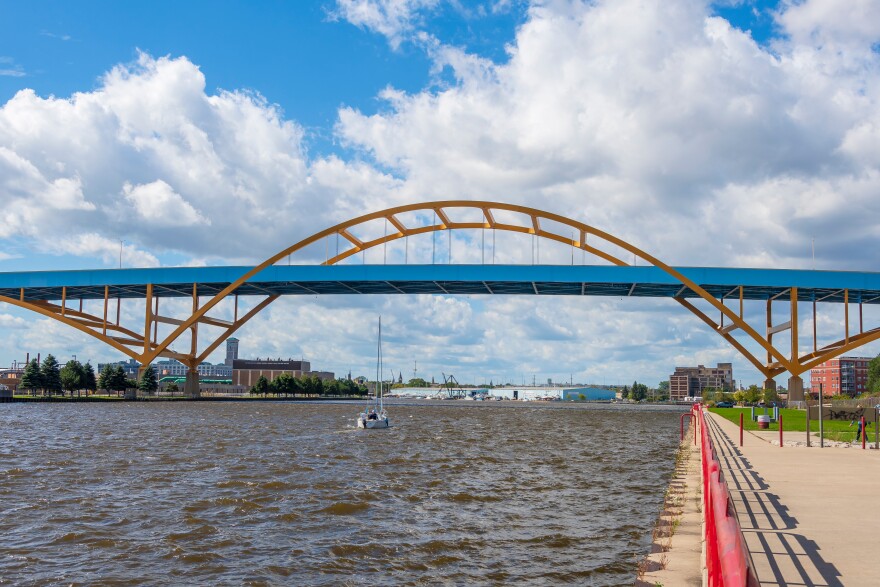In the late 1800s, a movement was brewing in the Midwest. Industrial workers worked long hours with little pay, resulting in strikes and protests. But these protests turned deadly in Milwaukee on May 5, 1886, during a march on the Bay View Rolling Mills. The event became known as the Bay View Massacre and since its centennial anniversary in 1986, the Wisconsin Labor History Society has commemorated the event with a ceremony on the former mill site in Bay View. Historian John Gurda has been a part of the commemoration for decades and he shares more about the massacre and the now annual commemoration of it.
The protests that led to the massacre were mainly fighting for labor reform. Gurda explains the working conditions then were vastly different from what they are now. Then, it was typical for workers to work at least 10 hours a day and often up to six days a week. The standard wage was about $3 per hour, with no unemployment insurance or other assistance for workers.
Milwaukee and Chicago were the epicenters of the labor movement. Many jobs adopted the proposed eight-hour workday the movement proposed. However, the Rolling Mills in Bay View initially resisted. With about 1,500 workers, Rolling Mills was one of the biggest employers in Wisconsin. Tensions between laborers and companies ran incredibly high on May 5, 1886 because of the Haymarket Riot in Chicago the day before.
With no national guard established yet, a militia was called into the area, when they promptly opened fire. Gurda explains that the official number of casualties is undetermined, but it's estimated that around seven people were killed, including a 13-year-old boy.
"[The militia captain] began to approach the mill, and he said, 'Pick out your man and kill him' so that this was not just fire over their heads to scare them, you know. That this, this was shoot to kill. ... They were sending a response basically that industrial property is of higher value than industrial workers, and that became a real point of resentment in the time that followed," says Gurda.
This year's commemoration event will take place on May 7 at 3:00 p.m. on Russell and Superior streets and includes remarks from local politicians and a reenactment.
_







